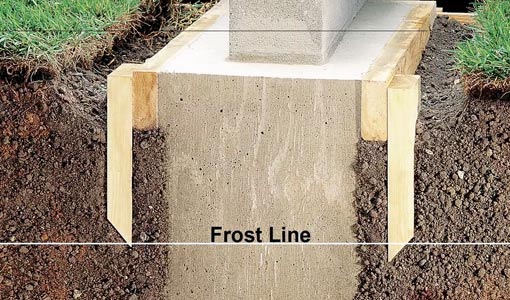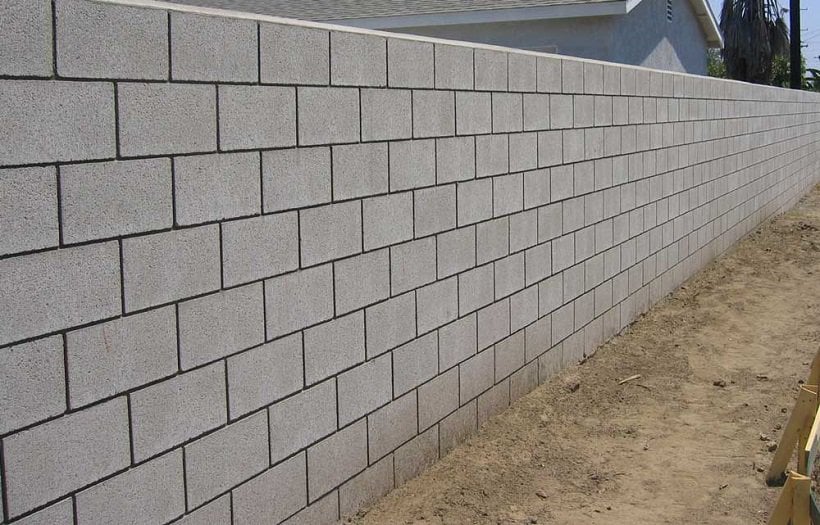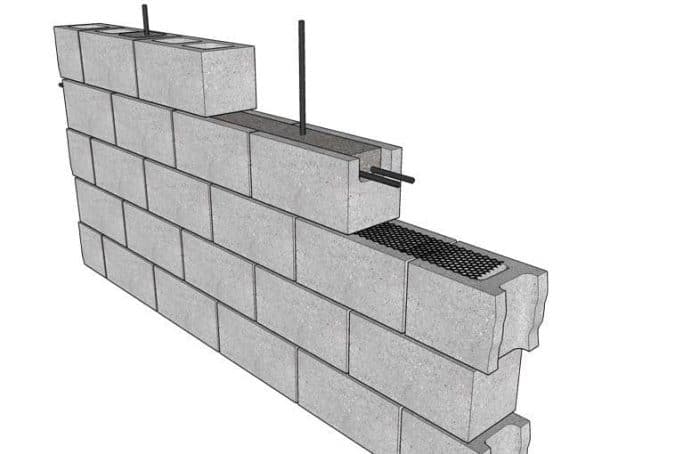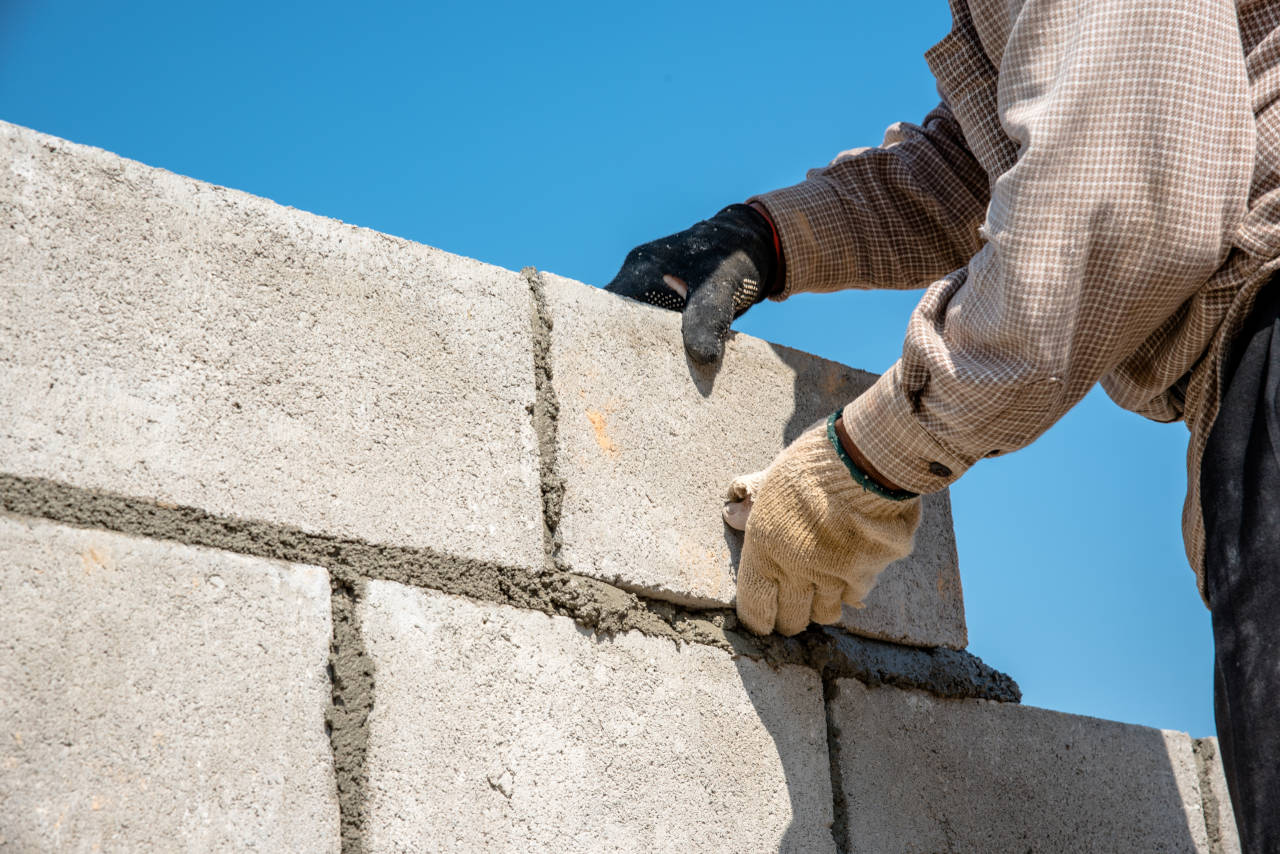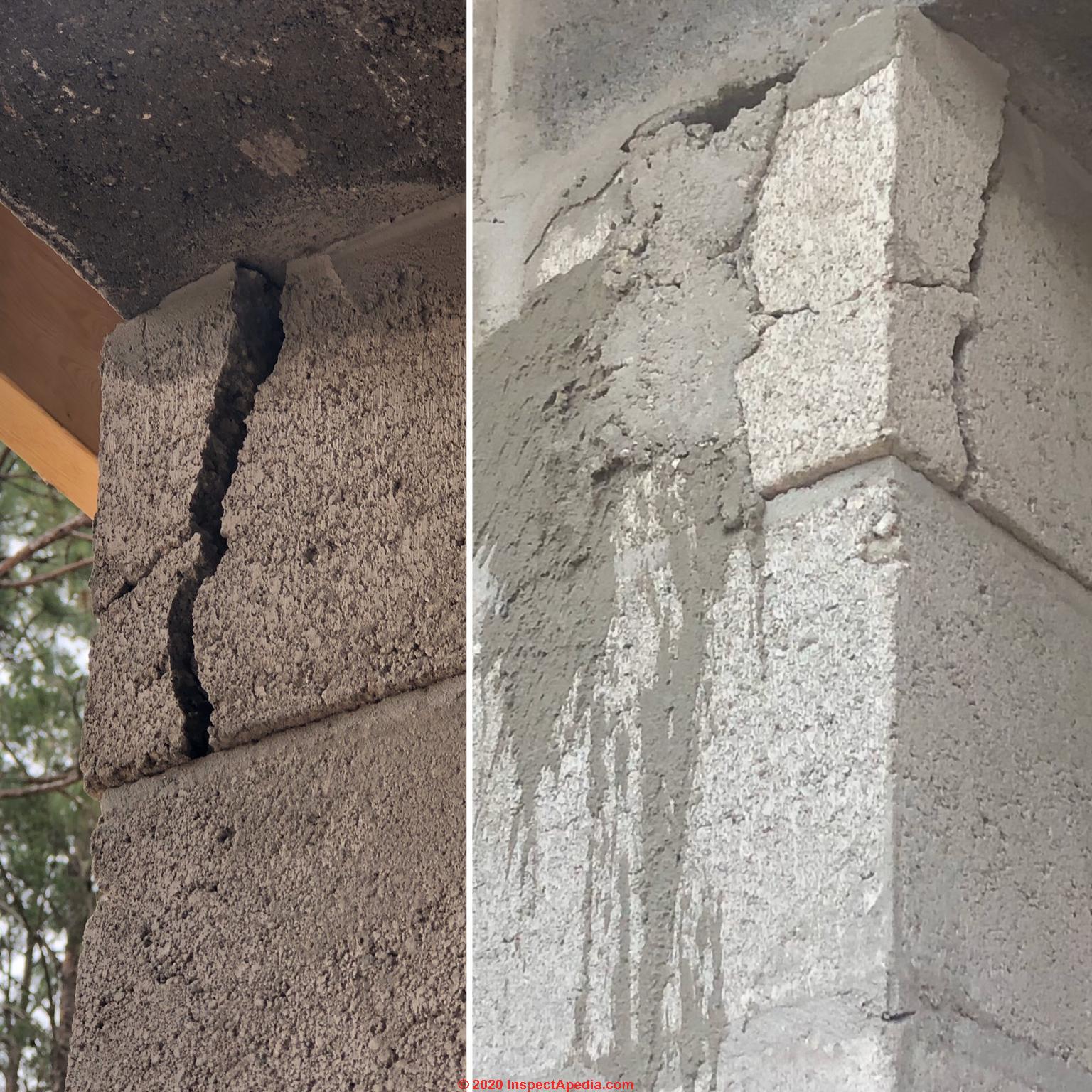Height Vs Coarse Concrete Block Wall
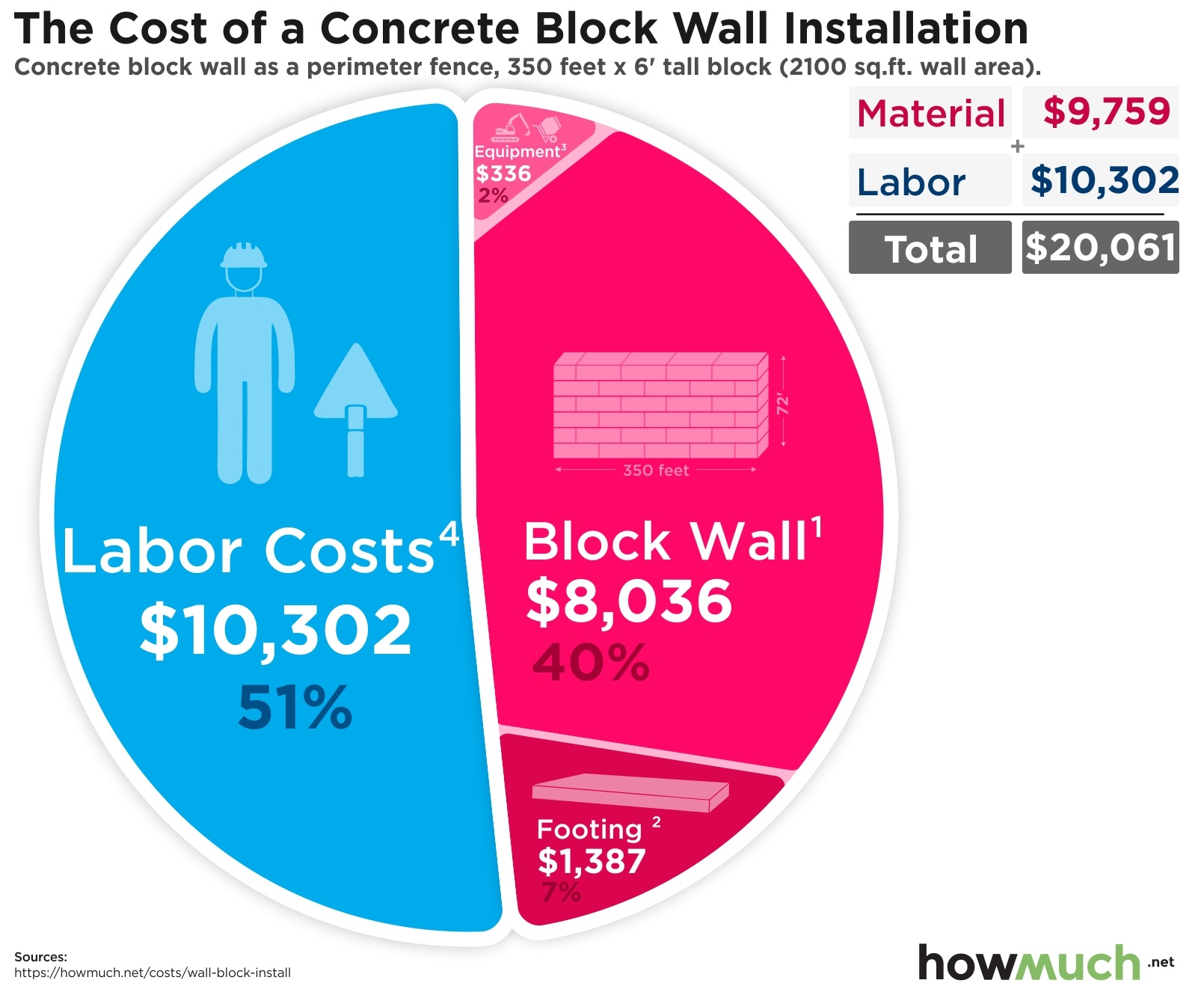
Concrete block nominal vs actual dimensions concrete block cmu sizes.
Height vs coarse concrete block wall. Concrete masonry units cmus are manufactured in a variety of sizes. The thickness of the wall they create. Be sure to account for this when measuring the height of the wall. Finding how many concrete blocks you need for your project can seem like a confusing and challenging task but it can be simplified using the calculator above.
Uniform to well graded sands silty sands φ 32 ref soil types. Use in foundations or above grade masonry walls. As said above 3 blocks shall be taken to conduct this test. To determine the density of block first heat the block in the oven to 100 o c and then cooled it to room temperature.
Density of concrete masonry block. Concrete blocks are concrete masonry units or cmus but we often refer to them as concrete blocks or cinder blocks learn more about concrete masonry units a wall typically requires 1 1 8 blocks per square foot. While the term is not found in codes or standards it is common industry language to describe the process of constructing walls in shorter segments without the requirements for cleanout openings special concrete block shapes or equipment. 12 ref ab stones only of the.
100mm series 10 01 concrete block 95 100mm series 10 01 concrete block fire resistance 96 j blocks 150mm series 150mm series full and half height 98 150mm series 15 01 concrete block 99 150mm series h block 15 48 concrete block 100 150mm series 15 01 concrete block fire resistance 101. Squared concrete blocks with no large chips or breaks. These heavyweight blocks are dimensionally true. They are identified by their depth i e.
Concrete masonry is used to construct various foundation wall types including full basement walls crawlspace walls stem walls and piers. Now take the dimensions of block and from that find out the volume and weigh the block. It meets astm c 90 specifications for use in construction of foundations or above grade masonry walls. For instance a 6 cmu is nominally 6 deep while a 10 cmu is nominally 10 deep.
Coarse to medium sands clean sand and gravel little or no fines φ 36 ref soil types. For example if the desired wall height is 6 feet the wall should be embedded below grade by 7 8 inches. Reinforcing steel can be used to strengthen either material. The wall is built to scaffold height or to a bond beam course to a maximum of 5 ft 1 520 mm.
They differ in the size of gravel used and that concrete blocks are hollow while poured concrete is solid. Most experts suggest embedding the first course of blocks below grade about 10 of the wall height to support the wall correctly. Start by measuring the wall width and height. Concrete masonry is well suited for below grade applications because of its strength durability economy and resistance to fire insects and noise.

